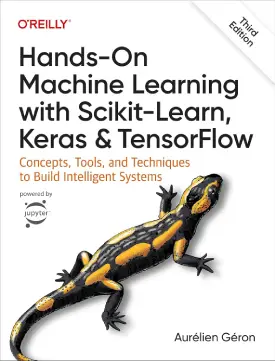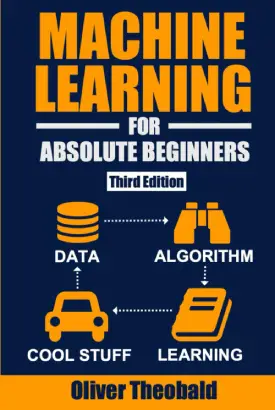Reinforcement Learning
What is Reinforcement Learning?
Part of machine learning, reinforcement learning deals with intelligent agents aiming to learn through trial and error. The learning operates through a feedback process, which can be either positive or negative. The operation of reinforcement learning develops in an interactive environment, and the goal of said intelligent agents is to maximise the reward from the trial and error feedback technique – feedback is acquired from the agent’s actions and experiences. Essentially, this type of machine learning is concerned with learning from mistakes.
The following are the basic fundamentals of a RL process:
- Environment
The space in which the intelligent agents operate. - Reward function
The goal of the process, i.e. the feedback from the interactions of the agents. - State function
The current situation (state) of the intelligent agent. - Policy
The learning strategy of the intelligent agent. - Value
Long-term reward, i.e. future reward an intelligent agent would receive. - Actions
The moves of the intelligent agents within the environment.
Types of RL
Reinforcement learning can be categorised as two types, positive and negative.
Positive reinforcement learning refers to the boost of positive impact on the intelligent agent’s behaviour, leading to an increase of the behavioural tendency.
Negative reinforcement learning refers to the avoidance of negative conditions, which in turn increases the intelligent agent’s positive behaviour.
RL Implementations
There are three types, or implementations, of reinforcement learning. The following briefly describes each implementational type.
Model-based
In model-based RL, the intelligent agents operate in the environment through virtual modelling. Each problem can be unique and agents learn within the specific environment and model representation.
Value-based
Value-based RL aims to maximise (optimise) the value function – i.e. long-term reward.
Policy-based
Policy-based RL refers to the optimisation of strategic policy (either deterministic or stochastic), aiming to maximise the reward of the agent’s actions.
RL Framework
Two important concepts of reinforcement learning, both associated with dynamic programming, Markov Decision Process (MDP) and Bellman Equation. Dynamic programming tries to solve problems by simplifying and breaking them down into smaller subproblems.
Markov decision process (MDP) provides the mathematical framework for modelling decision making in reinforcement. learning. Most reinforcement leaning problems are defined with MDP.
Bellman equation is one of the main elements within RL, providing a mathematical optimisation equation for the values of decision making, considering previous states, at a particular state point.
RL Algorithms and Methods
The following are common algorithms of RL.
- Q-Learning is a model-free algorithm, aiming to learn the value of an action considering the current state of the intelligent agent. It is a an off-policy algorithm, meaning the policies for improvement and evaluation are different.
- Deep Q-Networks (DQN) is a Q-learning algorithm, with the usage of neural networks. DQN is an off-policy algorithm and deals with larger and more complex state space environments.
- State-action-reward-state-action (SARSA) is an on-policy algorithm, which implies both acting and updating are covered under one policy. SARSA’s difference from Q-learning is in the updating policy, which depends on the current state, current action, reward, next state, and next action.
- Monte Carlo methods learn from experience and adjust estimations after the final outcome is known. This methodology requires waiting of all interactions before proceeding to updating.
- Temporal Difference (TD) are model-free reinforcement learning methods, combined by Dynamic Programming and Monte Carlo methods. TD proceeding with updating at each step and does not require waiting for the final outcome – essentially bootstrapping.
There are various algorithms and methodologies of reinforcement learning – the above are only a fraction.
Applications of RL
- Computer games (gaming)
- Marketing and advertising
- Robotics and industrial automation
- Healthcare and disease diagnostics
- Enterprise resource management
- Self-driving cars
- Stock price predictions in finance




